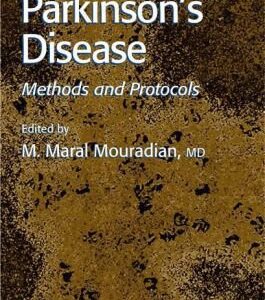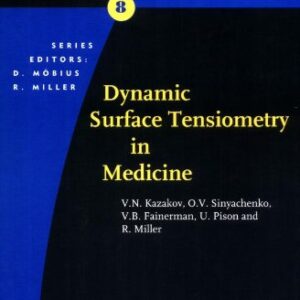The blood system is multi-scale, from the organism to the organs to cells to intracellular signaling pathways to macromolecule interactions. Blood consists of circulating cells, cellular fragments (platelets and microparticles), and plasma macromolecules. Blood cells and their fragments result from a highly-ordered process, hematopoiesis. Definitive hematopoiesis occurs in the bone marrow, where pluripotential stem cells give rise to multiple lineages of highly specialized cells. Highly-productive and continuously regenerative, hematopoiesis requires a microenvironment of mesenchymal cells and blood vessels.
A Systems Biology Approach to Blood is divided into three main sections: basic components, physiological processes, and clinical applications. Using blood as a window, one can study health and disease through this unique tool box with reactive biological fluids that mirrors the prevailing hemodynamics of the vessel walls and the various blood cell types. Many blood diseases, rare and common can and have been exploited using systems biology approaches with successful results and therefore ideal models for systems medicine. More importantly, hematopoiesis offers one of the best studied systems with insight into stem cell biology, cellular interaction, development; linage programing and reprograming that are every day influenced by the most mature and understood regulatory networks.

![[PDF] A Systems Biology Approach to Blood Seth Joel Corey, Marek Kimmel, Joshua N. Leonard (eds.)](https://pdfelite.com/wp-content/uploads/2024/04/4a8af93cac1828ed88b44670b419d26e-d.jpg)




Reviews
There are no reviews yet.